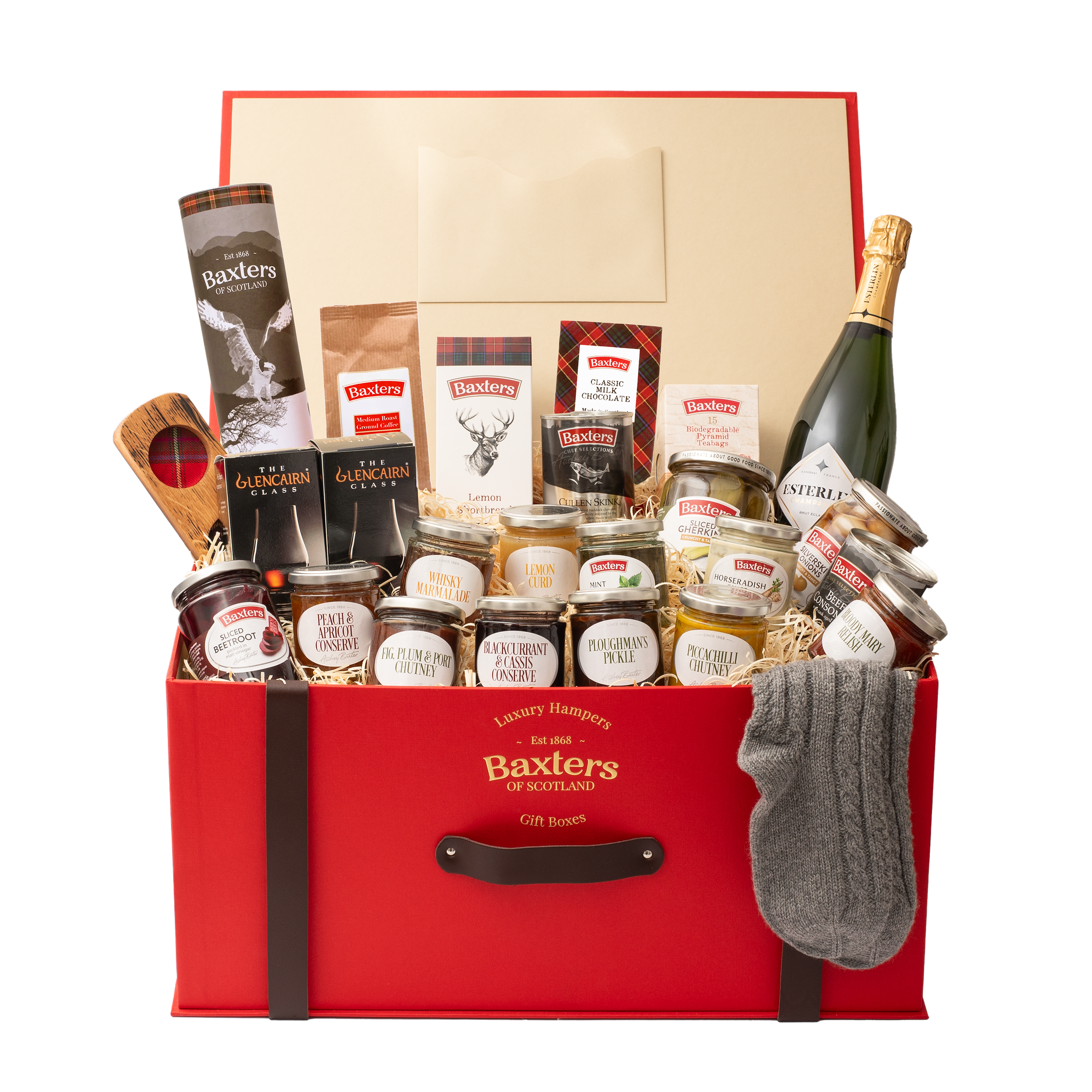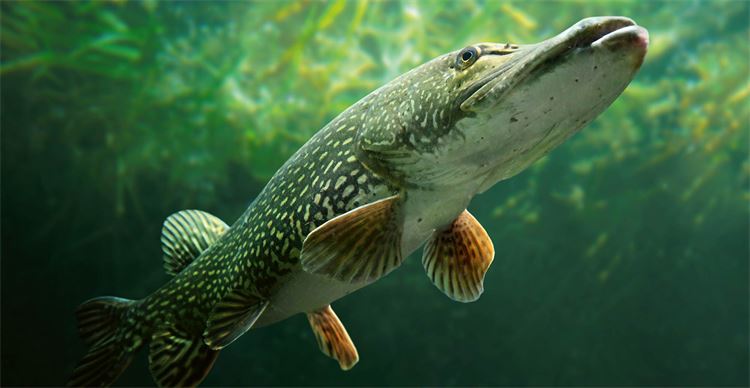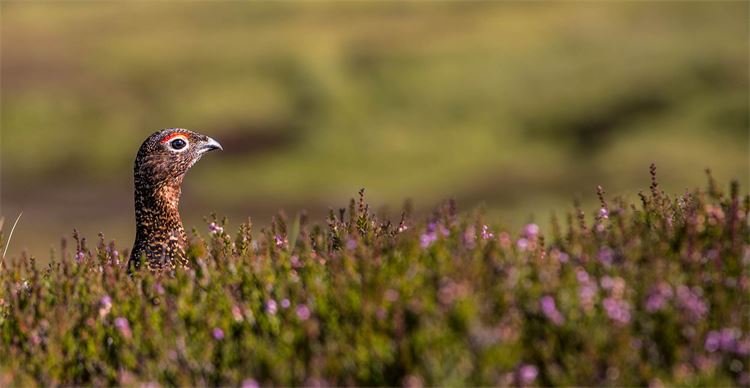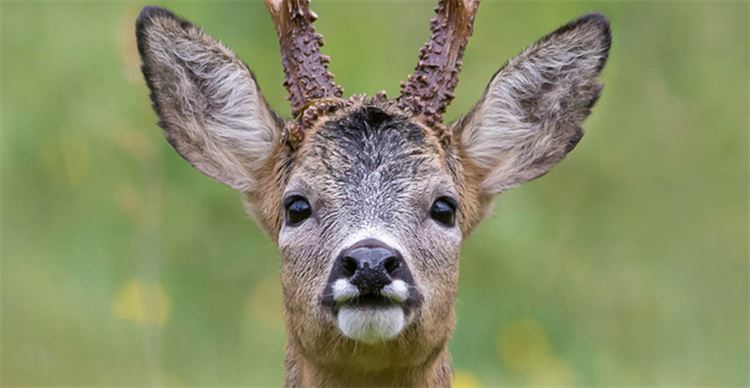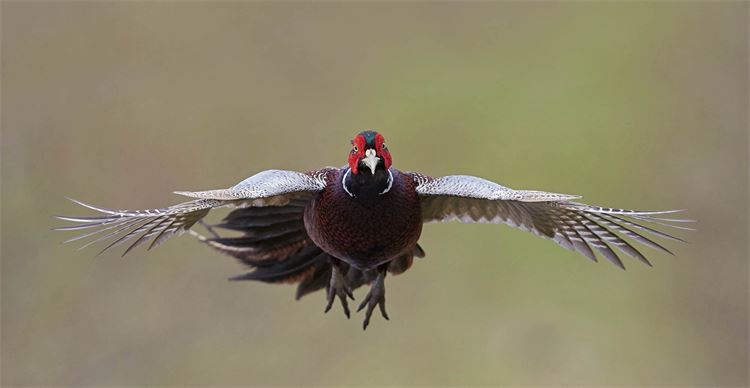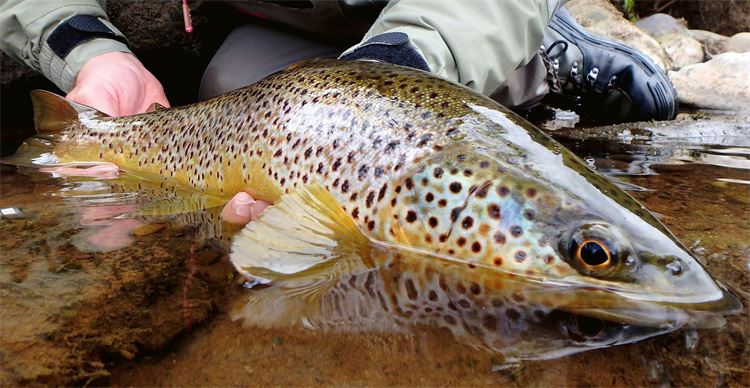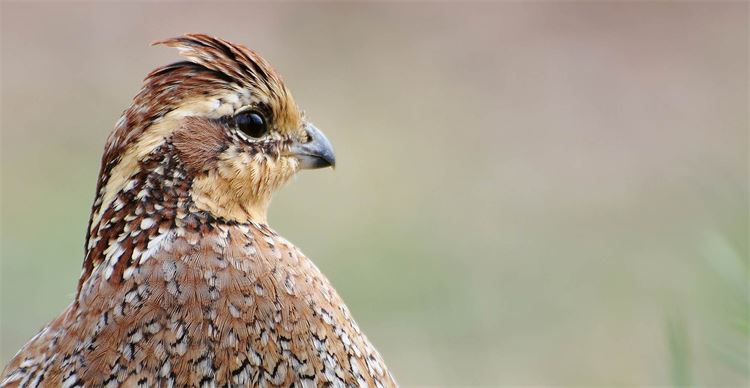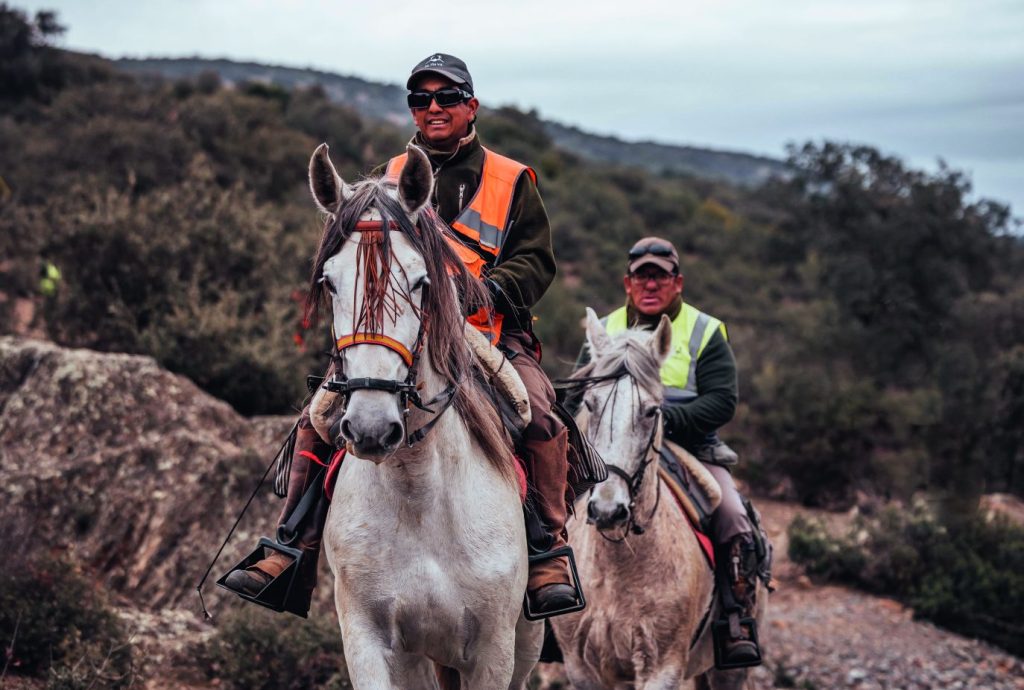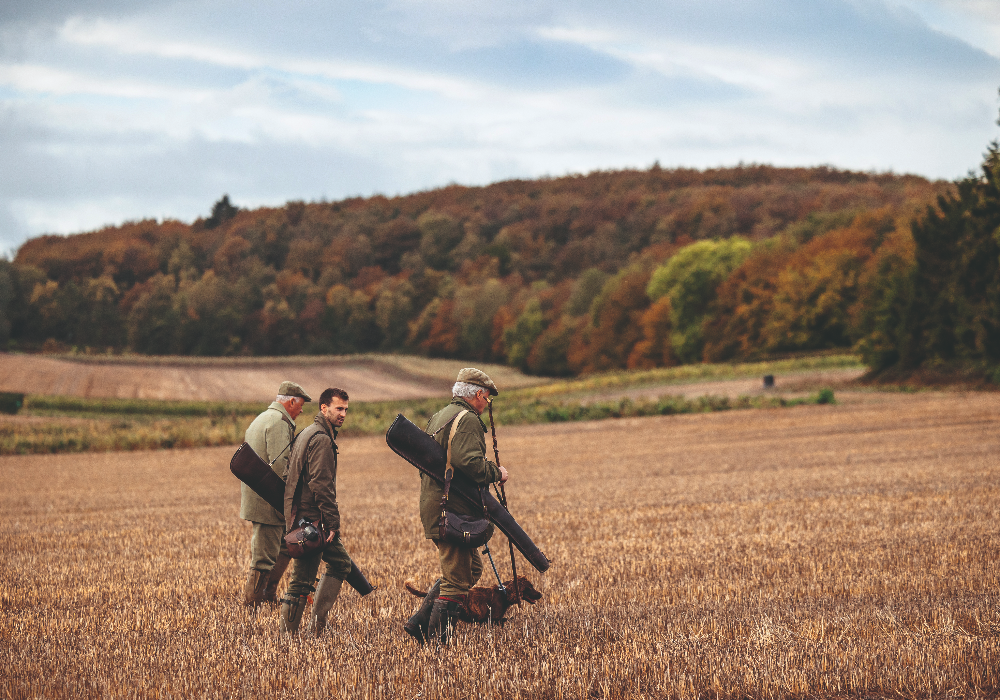The ultimate quarry species – Part 2
We seek nominations from serious sportsmen and women.
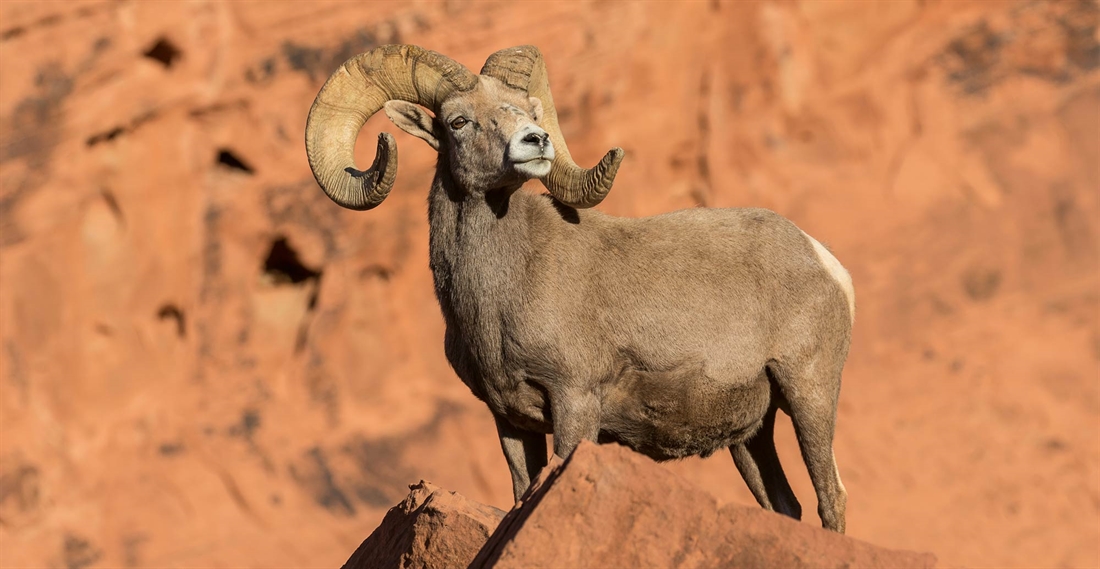
Desert Bighorn Sheep – Ovis Canadensis Nelsoni
For me, it’s always been about the mountains, the sheep and the goats. They exist where people don’t. They go where people don’t go – where they’re in their element and we’re not in ours.
To pick just one species of sheep or goat is very difficult. I guess if I had to narrow it down, it would have to be the very first one I got which was a desert sheep in Arizona.
Why was it special? First and foremost it’s very difficult – almost impossible – to get a tag. In the US of course you have to apply for a tag and it could take years to be drawn. I drew a tag in Arizona, in the lottery as a non-resident – the chances of that happening are so slim.
The guys who we hunted with really knew what they were doing. They had names for each of the sheep they had taken in the past, and each of those we’d be looking for, too, such was their familiarity with the animals. I had
a crew of really sharp guys. We set up camp in the middle of the desert and started glassing.
We shot a very good ram. It was the best value but almost the most expensive hunt I have ever been on as it started a lifelong passion for pursuing these animals and the myriad other sheep and goat species – not to mention the taxidermy! Forty or so hunts and 20 years later, I’ve now hunted 24 species of sheep and 20 species of goat.
Advice? You need to get into reasonable shape and you need to be competent with your shooting and with shooting at reasonable distances – although I’m not a fan of super long shots. The rifles and ammunition of today are certainly capable of reaching out a long way, but it’s crucial for the person behind the rifle to spend time practising so they are comfortable taking such shots.
It often takes everything you’ve got just to traverse the terrain on a typical mountain hunt, and then you might need to be out again the next day. You need to be mentally ready, too. Remember it’s your hunt and it can be a wise idea to take a break for a day if you’re in the mountains for several, just to allow your body to recover.
Pike – Esox Lucius
Author / JOHN HORSEY
Esox lucius, the northern pike, is the freshwater apex predator here in the UK. The mere mention of its name conjures up tales of huge, toothy critters stalking fully grown ducks and other wildlife to satisfy its legendary appetite.
All the big pike are females and are referred to in the fishing fraternity as “big girls”. So aggressive are these leviathans that they regularly eat the smaller ‘jacks’ after courtship.
Pike are voracious hunters relying on stealth and lightning quick turns of speed to trap their prey. Row upon row of backward-facing, razor-sharp teeth mean that any poor victim that makes it inside their mouths, rarely sees the light of day again!
Many years ago, pike anglers would be armed to the teeth with brutal instruments such as gaffs and gags to land and unhook their trophy fish. Live or dead natural baits and lures, complete with multiple barbed treble hooks and wire traces would be the standard approach. Thankfully, these practices are now long gone in favour of padded unhooking mats, long-nosed forceps and the use of barbless hooks.
I have been fishing for pike since I was a kid, wandering along my local canal casting homemade artificial spoons – often, sadly, with little response. It wasn’t until I started using fly tactics for pike that I really caught the bug. Now I am obsessed with them, particularly on my home waters of Chew Valley and Blagdon Lakes, where I have been a professional fishing guide for the last 23 years.
The highlight of my pike fishing career to date was guiding Enrico Pini from Italy to a magnificent specimen weighing 40lb 10oz. The monster followed Enrico’s fly right to the boat, but turned away without taking it. I was afraid that this fish would be spooked if we cast at it again, so we left the area to rest it for a while. An hour later we returned to try again. Enrico changed his fly pattern and cast into the same area. On the first cast, another, smaller fish followed and once again turned away at the last second. This time I encouraged him to try another cast…
We both watched in silent anticipation as a huge shape followed and engulfed the fly several feet below the surface – Enrico was attached to his biggest ever pike. The fight was explosive and this massive fish made a final leap for freedom before it nestled in my landing net. To date, this is the biggest fly-caught pike ever recorded in the UK.
If you fancy fishing the fly for pike, then I would recommend a 9ft rod together with floating, medium sink and fast sinking lines, all in WF9 profiles. A large landing net, weigh sling and padded crash mat are all essential items, together with long-nosed pliers and a glove to protect your fingers – the four stitches in my index finger are a constant reminder of the sharpness of a large pike’s teeth!
Red Grouse – Lagopus Lagopus Scotica
Author / PETER WIILSON
Photographer / ANNIE ROBINSON
My ultimate quarry species would be walked-up grouse, but over spaniels rather than pointers.
Walked-up grouse shooting is so demanding. One minute you’re in a bog, the next a bird has been flushed and it’s out of range; the chance of getting off a shot is not always a given because of the terrain. Because of this I think it is incredibly exciting. I love eating them, too.
You only typically shoot as many as you can carry – it’s very often six to a dozen birds between a couple of you. If I was lucky enough to live in the uplands – Yorkshire, Northumberland or Scotland, I’d be out as much as possible during the season. I think it is the most wonderful way of harvesting food.
People ask me if there are many similarities between walked-up grouse and double trap, but I don’t think so. In double trap you start off pre-mounted, and you have a good idea of where the clay is going, but grouse are so unpredictable, you have no idea when they are going to appear.
I used to shoot walked-up grouse when I was younger, at a place called Aline on the Isle of Lewis. A great friend of ours had an estate there and we’d go up and visit in the summer holidays – we were very lucky. It was special – we’d revel in the dog work, three or four Guns and a keeper, and you could walk all day across spectacular and rugged terrain and not pull the trigger, or you could be very fortunate and fill your gamebag.
As far as advice goes, I used to suffer quite badly from headaches when shooting, and it was almost always because I was dehydrated. Then I got into the habit of shoving my head under a running tap and taking on board as much fluid as I could before setting off for a day of walking. You should prepare yourself for a lot of walking. You need good footwear and decent clothing.
In terms of shooting, you need to be proficient at mounting your gun smoothly and consistently, so practise this until it becomes second nature. This helps enormously as you don’t always have a lot of time when shooting walked-up game.
Roe Deer – Capreolus Capreolus
Author / ANTHONY “TRIGGER” ALBOROUGH-TREGEAR
Without question one of the most iconic big game species of the British Isles is the diminutive roe deer. If the red stag lays claim to being king, then the roebuck is undoubtedly the prince – a beautifully delicate deer of a shy and sometimes reclusive nature.
As a true native deer to these shores, the roe has had mixed fortunes. The species declined rapidly until the 1800s when stock from Europe was re-introduced and the population began to increase, spreading gradually throughout Britain. Even with the increase, the roe was still subjected to control by shotgun, and it wasn’t until post-war management principles were brought over from the Continent, including the use of rifles for roe stalking, that we saw a greater respect for the species. Today Britain ranks as one of the top countries in Europe to stalk roe, with many outstanding trophies being taken year on year.
I have been privileged over the years to stalk roe from the Scottish Islands and Highlands to the Wiltshire Downs, and from the Sussex woods to Europe. From a trophy perspective, the male has antlers that differ from buck to buck, not only in size and weight, but colour and form, too. Heavy coronets, thick pearling and dark colour are my preferred trophy, but then I have shot malforms and corkscrews that are equally interesting and often unique. It is this individuality that to my mind makes them such a wonderful species to stalk and rightfully puts them at the top of many a hunter’s list.
Whilst most stalkers will claim to know all of their bucks and the territories they are holding, I have to admit that many of my better trophies have been shot by pure luck and coincidence! Big, medal-class bucks do not grow old by being seen or being stupid. They often inhabit some of the thickest vegetation where browse is good and they really have no need to wander. It is often only the rut in late July/early August that draws these monsters out, the lure of a beautiful doe proving their fateful demise. On reflection, perhaps there is a lesson in there somewhere…
Pheasant – Phasianus Colchicus
Author / CHRIS HORNE
Photographer / JOHN MACTAVISH
I feel I’m in pretty good company here. The pheasant is the most popular gamebird in the UK, so it should be an easy one to justify. Shooting’s biggest area for growth and demand in the last 15 years has been in high bird shooting. And when people talk about high bird shooting, they’re nearly always talking about pheasants.
The fact that the pheasant is so common is also one of the reasons it is the ultimate quarry species for me. It’s relatively easy to manage and therefore it’s a relatively affordable quarry to pursue (in shooting terms!). As a result, you’re more likely to find yourself having fun on a pheasant day than any other. The main reason we go shooting is to have fun with friends and family, and a day’s pheasant shooting offers this in spades.
We recently changed the strapline of GunsOnPegs to be ‘Plan the best days of your life’. It’s fairly safe
to say that some of the best days of my life have been out shooting pheasants. When I was a bit younger, my Dad regularly invited my Grandpa and I to shoot with him. We’d often rig the draw at Chippenham Park in Cambridgeshire, which Dad helped to run, so we were standing next to each other in the line. It’s one of the only sports where age really doesn’t make much difference and shooting made the three of us best friends as well as family.
My advice? Only shoot what makes you happy. Bum, body, beak, bang. If there’s a lone driven bird, don’t raise the gun too early. Keep swinging. These are all things I remember my Dad saying when I was growing up. There’s one bit of advice I’ve become more vocal about recently, though, and that is to make sure your gun, choke and cartridge are suitable for what you’re shooting at. The pattern for a strong bird like the pheasant is vital and there’s nothing worse than wounding. I’d rather miss all day than bring down five that need a dog.
Brown Trout – Salmo Trutta
Author / PAUL PROCTER
I was weaned on Cumbrian wild brown trout from a tender age and after nearly 40 years of pestering them they still rank as my ultimate quarry species. Admittedly, I’ve flirted with the likes of bonefish, permit, giant trevally and other exotic creatures, yet I’d unequivocally be content chasing Salmo trutta for the remainder of my days!
We’ll get to their sporting qualities soon enough, but first up, nobody can deny the humble brown trout’s ability to survive. Whether it be a frigid Arctic Circle river locked in ice for much of the year, or a Pyrenees mountain stream choking due to lack of summer flows, brown trout can be found clinging on. Perhaps, though, it’s the appearance of this wily adversary that holds me captive, for their livery is as varied as the places they care to inhabit. Aside from streamlined, muscular contours, a criss-cross of black or red spots is pleasing to any who waft a rod. The large pectoral fin, the spade-like tail and rugged jawline of older trout remain striking qualities, too.
Without question it’s a wild brown trout’s behaviour, and the places they take me to, that keep me coming back for more. Granted, they might lack that impressive acceleration of saltwater fish, but the humble brownie is a tenacious beast when annoyed. Size for size they’ll put tarpon to shame when leaping. If that fails them, then the gloves come off as they kick and turn whilst searching for a bolt hole which usually comes in the form of an undercut bank or a menacing boulder. Regardless of whether the fight occurs in open water, or takes a more underhand twist, a tethered brownie simply fails to yield.
Tangling with brownies for so long has rendered my memory bank full of encounters. However, an evening on Lake Thingvallavatn in Iceland remains indelibly etched in my mind. Shortly after midnight in high summer, a midge hatch summoned some huge trout to the surface. Fortunately I already had a couple of impressive fish under my belt, but nothing prepared me for a double-figure beauty sipping down the size 16 black Klinkhammer. Armed with a 5wt and 4x tippet, the ensuing battle was nerve-wracking. Long runs were interspersed with leaps – and five times my backing knot disappeared into the lake’s depths. Eventually, though, 13lb 10oz of truly prehistoric trout slid into a waiting net. The whole episode left me a gibbering wreck for some hours afterwards.
If you want to be successful when pursuing wild trout, then ‘patience’ would be my byword. Many folk eagerly dash into the water sending out warning ripples, only for trout to simply melt away. It goes against much of what we preach, but waiting and watching will put you on terms with many more fish, especially where specimens are concerned. Also, fish with as stout a tippet as you can get away with. Forget flirting with gossamer like monofilaments of 7x (2.5lb) and instead look to at least 5x (approx 4.5lb) for your vital connection, as this strength guards against a trout’s pin-sharp teeth.
Northern Bobwhite Quail – Colinus Virginianus
Author / DARYL GREATREX
I have a passion for quail shooting, or to use the correct term, quail ‘hunting’. To be a little more specific, I’m referring to the bobwhite quail, found in the southern states of America.
In these parts the quail is king amongst gamebirds and often pursued by those with a passion bordering on obsession, not just for the thrill of the hunt but also for maintaining the unique habitat the bobwhite quail calls home.
Quail are hunted on a plantation, often of tall pines with a good amount of brush or ground cover. It is a very expansive and atmospheric environment. A day in the field is generally a leisurely affair and it’s certainly not all about the bag.
There are two main styles of hunting quail. The first will see the Guns mounted on horseback – an experience in itself for those of us who aren’t particularly skilled in the saddle – with two guides or ‘outriders’ who handle the dogs. A wagon will follow the group, carrying the retrieving dogs and any other equipment.
The second and more traditional method is for the Guns and spectators to ride in the wagon. The wagon will be beautifully turned out and drawn by two well-groomed mules who are old hands at the job, travelling at just the right pace to make for a comfortable ride. Once underway the dogs will start to work, quartering the ground. When a covey is found and the dogs are on point, two Guns will be called forward to take up position either side of the guide. The Guns will then move forward with the guide, hearts pounding, to flush the birds. It is at this point that things can unravel very quickly for those who have never experienced a covey rising at their feet before.
Quail burst from cover in a whir of wings, taking off in a starburst, like fighter jets – each travelling in a different direction. It is entirely possible to be so awestruck by a covey getting up that you momentarily forget what you are there for, standing mesmerised by the sight before you. Once you come to your senses, there may just be time for a hasty shot, but often the quail will be long gone.
For this type of shooting, where there is very little time to react, small gauge guns are perfect. Twenty-eight bores and .410s are preferred, either side-by-side or over-under. The shot must be completely instinctive – there is no time whatsoever to think about it. One needs to simply pick a bird and shoot it; any attempt to ‘brown’ the covey or shoot and hope something falls down will be met with disappointment.
This is why I love quail shooting. It’s a combination of the spectacle, knowing that this style of shooting is traditional and unique to the United States, the challenge of a very worthy quarry, the fun to be had using small bore guns and realising just how effective they can be, watching the dogs work and, of course, the magnificent surroundings.
Related Articles
Get the latest news delivered direct to your door
Subscribe to Fieldsports Journal
Elevate your experience in the field with a subscription to Fieldsports Journal, the premium publication for passionate country sports enthusiasts. This bi-monthly journal delivers unparalleled coverage of game shooting, fishing and big game across the UK and beyond.
Each issue offers a stunning collection of in-depth features, expert opinions and world-class photography, all presented in a timeless yet contemporary design.
Save 10% on shop price when you subscribe, with a choice of packages that work for you. Choose from Print & Digital or Digital only with each journal delivered directly to your door or via the app every other month, plus access to past issues with the digital back issue library.





